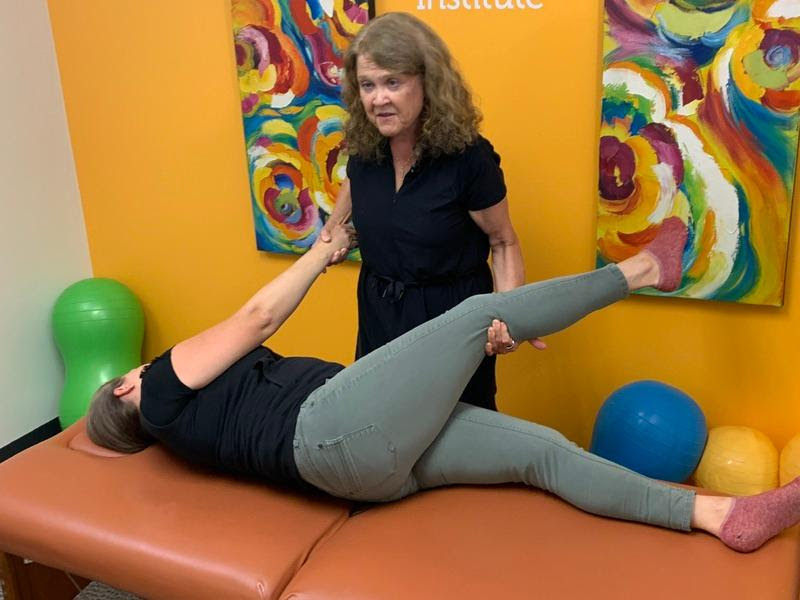What is Bridging®? Uniquely Helping 😁 Your Pain, Anxiety, and Balance
Now it’s time to look at Bridging® itself, beginning with “What is the Bridging® Technique?” In coming weeks we will explore why Bridging® works, and what a session looks like. Read on …
Bridging®: What is it?
When you have pain or a hard time moving the way you want to, there is a different perspective to shed light on your situation and find relief — the insights from your micromovements!
The Bridging® technique is different than other modalities such as chiropractic, massage, physical/occupational therapy, or acupuncture because it focuses on the micromovements your body uses to function effectively.
There are three parts to the Bridging® process and each adds a unique contribution to identifying and solving the root problem to your concern. These steps include:
- Assessment
- Problem-solving
- Muscle resets
Assessment
We begin by asking different questions to discover what has happened to your physical body over the years. The earlier in life, the more it likely matters.
Then we passively (we do the moving!) assess 14 different aspects of movement of how parts of your body work together. This assessment appears as if we are wiggling parts of your body. The way each part moves tells a story — stiff and heavy, or light and bouncy. These are the micromovements.
Problem-solving
By comparing how parts of your body move with the knowledge of disturbances that have happened to you, we can prioritize how each contributed to your pain, anxiety, or balance concerns. This allows us to find and solve the most relevant issue first, for the maximum benefit!
Hint- it’s often something you forgot about!
Muscle Resets
Once there is a game plan, we support the muscles of your limb and core, gently guide the muscles to move and interconnect, and then add a little wiggle (officially called a perturbation) to seal in the new relationships.
Symmetry, flow, and control are our goals. You leave feeling calmer and moving better.
For all ages and stages
Sometimes the resets are for infant muscle relationships that never came together in the beginning. This can be true at age 6 months, 6, 16 or 60!
Often the muscle resets are clearing up disturbances from an injury, accident, or medical procedure such as surgery or chemo.
We’ve worked with clients as young as one week old all the way up to 95 years!
Yes, you or your child can move with ease and confidence again!
Insight of the Week from Cara
Sometimes the best way to describe Bridging® is by an example. Here is a recent story where the key point is about finding the missing information.
Finding forgotten injuries is key!
Ruth’s shoulder pain was intolerable, affecting sleep and her active day. The usual ways of working through a pain with exercise and stretching weren’t helping, so she decided to give Bridging® a try.
The pain began after some travel when she reached overhead to turn off the cold air vent on the airplane. From the Bridging® assessment it became clear that her shoulder movement was impacted by something, but what?
Auto accident — oh, no!
Although she has had several injuries and surgeries in her life which might have affected her shoulder, she totally forgot about one from a few years ago.
Marveling that Ruth hadn’t had any auto accidents, she countered with, “But I have!,” and proceeded to add details about air bags and the impact to her chest and shoulder. Mystery solved!
Supporting the past shoulder trauma
After the assessment and problem-solving, we were able to determine a plan of action. This included support to her chest and shoulder muscles affected by the auto accident.
Once supported, the muscles relaxed and were able to be guided into moving easily again. A little wiggle was added to reset the muscle coordination.
She left the session smiling and able to move her arm without pain. There is more to do, but she was able to get back to her daily activities and hobbies.
By the way, Ruth is 91 and very active, living on her own and still driving.

